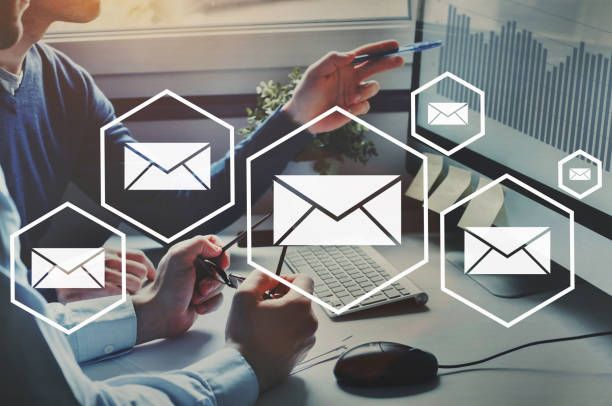In today's digital age, email communication plays a crucial role in both personal and professional spheres. Checking emails regularly ensures that you stay connected, informed, and productive. However, many individuals are still unfamiliar with the various methods and techniques available for efficient email checking. This comprehensive guide will equip you with the knowledge and skills needed to become proficient in email checking. By the end of this article, you will be well-versed in different strategies and tools to enhance your email management experience.
Manual Email Checking

The simplest and most traditional method of checking emails is manually logging into your email account through a web browser or email client. This method requires you to enter your email address and password to access your inbox. While manual email checking offers control and familiarity, it can be time-consuming, especially if you have multiple email accounts to monitor.
Email Notifications
To streamline the email checking process, you can enable email notifications on your devices. Whether it's your smartphone, tablet, or computer, email applications allow you to receive real-time notifications whenever a new email arrives in your inbox. By setting up notifications, you can stay informed without constantly checking your email manually.

Email Aggregator Applications
Email aggregator applications, such as Microsoft Outlook, Mozilla Thunderbird, or Apple Mail, offer a centralized platform to manage multiple email accounts. These applications allow you to configure and sync your email accounts, providing a unified inbox where you can view and respond to emails from different accounts in one place. This method saves time and provides convenience for users with multiple email addresses.
Email Filtering and Rules

Most email providers and email clients offer advanced features like email filtering and rules. These features allow you to automatically sort incoming emails based on criteria you define. By creating rules, you can categorize emails, prioritize certain senders, or route specific emails to designated folders. Email filtering and rules help you organize your inbox and ensure that important emails are easily accessible.
Email Checkers and Analyzers
In addition to the manual methods and built-in features, several email checker tools and analyzers are available online. These tools analyze your emails for various factors such as spam score, deliverability, and email reputation. They provide insights and recommendations to improve the quality and effectiveness of your email communications. Some popular email checker tools include Mail-Tester, MailGenius, and Unspam.email.
Commonly Asked Questions
Q1. How often should I check my emails?
The frequency of email checking depends on your personal or professional requirements. However, it is generally recommended to check your emails at least once or twice a day to stay updated and respond promptly to important messages. Adjust the frequency based on your workload and communication needs.
Q2. Are there any security concerns with email checking?
Email checking involves accessing your personal or professional accounts, so it is crucial to prioritize security. Use strong, unique passwords for your email accounts and enable two-factor authentication whenever possible. Additionally, be cautious of phishing emails and avoid clicking on suspicious links or downloading attachments from unknown sources.
Q3. Can I automate email checking?
Yes, email checking can be automated using email client settings or third-party tools. You can set up scheduled checks or configure rules to filter and organize incoming emails automatically. Automation streamlines the process and ensures that important emails are not overlooked.
Q4. How can I efficiently manage multiple email accounts?
To manage multiple email accounts efficiently, consider using email aggregator applications mentioned earlier. These applications allow you to integrate and manage multiple email accounts in one place, reducing the need to switch between different platforms. Additionally, use email filtering and rules to categorize and prioritize emails from different accounts.
Conclusion:
Mastering the art of email checking is essential for effective communication and productivity. By adopting the methods mentioned in this comprehensive guide, you can streamline your email management process, save time, and ensure that you never miss important messages. Remember to stay vigilant about email security and leverage the available tools and techniques to enhance your email checking experience. Embrace the power of efficient email management and stay connected in today's digital world.

